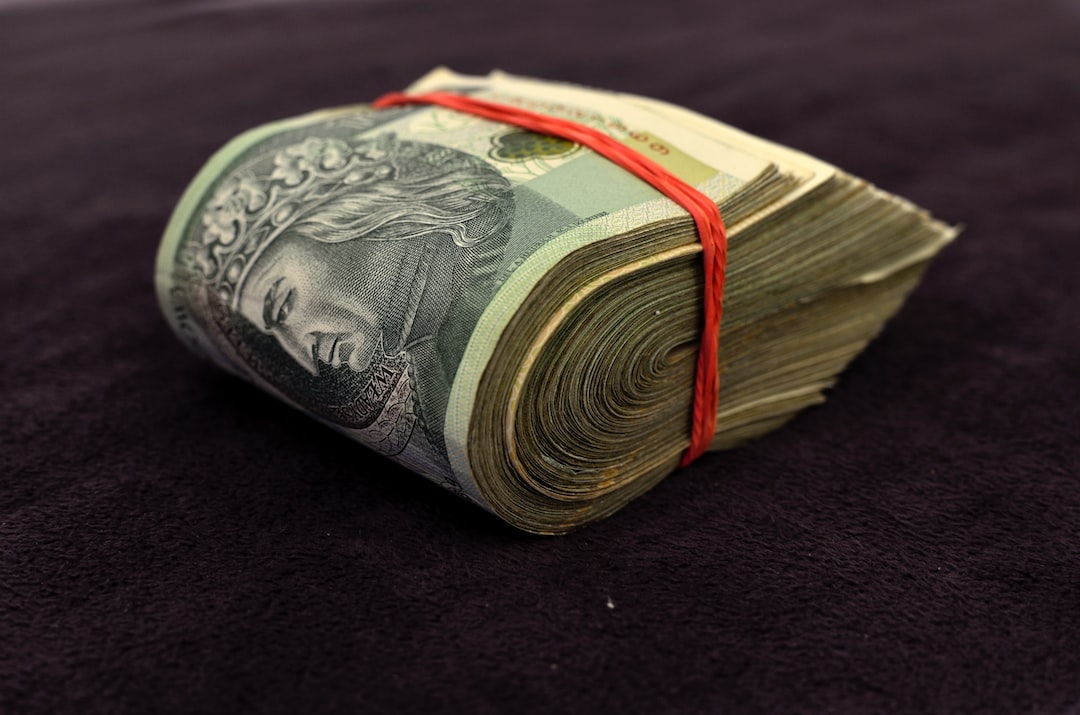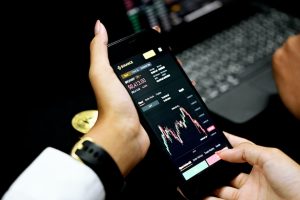When it comes to trading in the foreign exchange market, it is essential to have a strategy in place to determine when to take profits. In forex trading, take profit refers to the point where a trader closes a position to realize a profit. Determining take profit levels is an important aspect of forex trading because it can help traders maximize their profits while minimizing their losses.
Here are some tips on how to determine take profit in forex trading.
1. Use technical analysis
Technical analysis involves analyzing past market data to identify patterns and trends that can help predict future price movements. Traders can use technical analysis to determine potential take profit levels by identifying key support and resistance levels. Support levels are areas where buying pressure is strong enough to prevent prices from falling further, while resistance levels are areas where selling pressure is strong enough to prevent prices from rising further.
Traders can set take profit levels at these key support and resistance levels. For example, if a trader buys a currency pair at a support level of 1.2000, they can set their take profit level at a resistance level of 1.2500. This means that if the currency pair reaches 1.2500, the trader will close their position to realize a profit.
2. Use fundamental analysis
Fundamental analysis involves analyzing economic and political events to determine the underlying strength or weakness of a currency. Traders can use fundamental analysis to determine potential take profit levels by identifying key economic indicators that can affect the value of a currency.
For example, if a trader expects a central bank to raise interest rates, they can set their take profit level at a level that reflects this expected increase in value. Alternatively, if a trader expects a country to experience political instability, they can set their take profit level at a level that reflects this expected decrease in value.
3. Use a trailing stop loss
A trailing stop loss is an order that is placed to automatically close a position if the price moves against the trader’s position by a specified amount. Traders can use a trailing stop loss to determine take profit levels by setting the stop loss at a level that reflects their desired profit level.
For example, if a trader buys a currency pair at 1.2000 and sets a trailing stop loss of 100 pips, the stop loss will move up as the price moves up. If the price reaches 1.2100, the stop loss will move up to 1.2000, which means that the trader has locked in a profit of 100 pips.
4. Use a risk-reward ratio
A risk-reward ratio is a ratio that compares the potential profit of a trade to the potential loss. Traders can use a risk-reward ratio to determine take profit levels by setting their profit target at a level that provides a favorable risk-reward ratio.
For example, if a trader sets a risk-reward ratio of 1:2, they will aim to make twice as much profit as they risk losing. If they risk 50 pips on a trade, they will aim to make 100 pips in profit. This means that they can set their take profit level at 1.2050, which is 100 pips above their entry point of 1.1950.
In conclusion, determining take profit levels is an important aspect of forex trading. Traders can use technical and fundamental analysis, trailing stop losses, and risk-reward ratios to determine potential take profit levels. By setting take profit levels, traders can maximize their profits while minimizing their losses. It is important to note that take profit levels should be set based on a trader’s individual trading strategy and risk tolerance.





